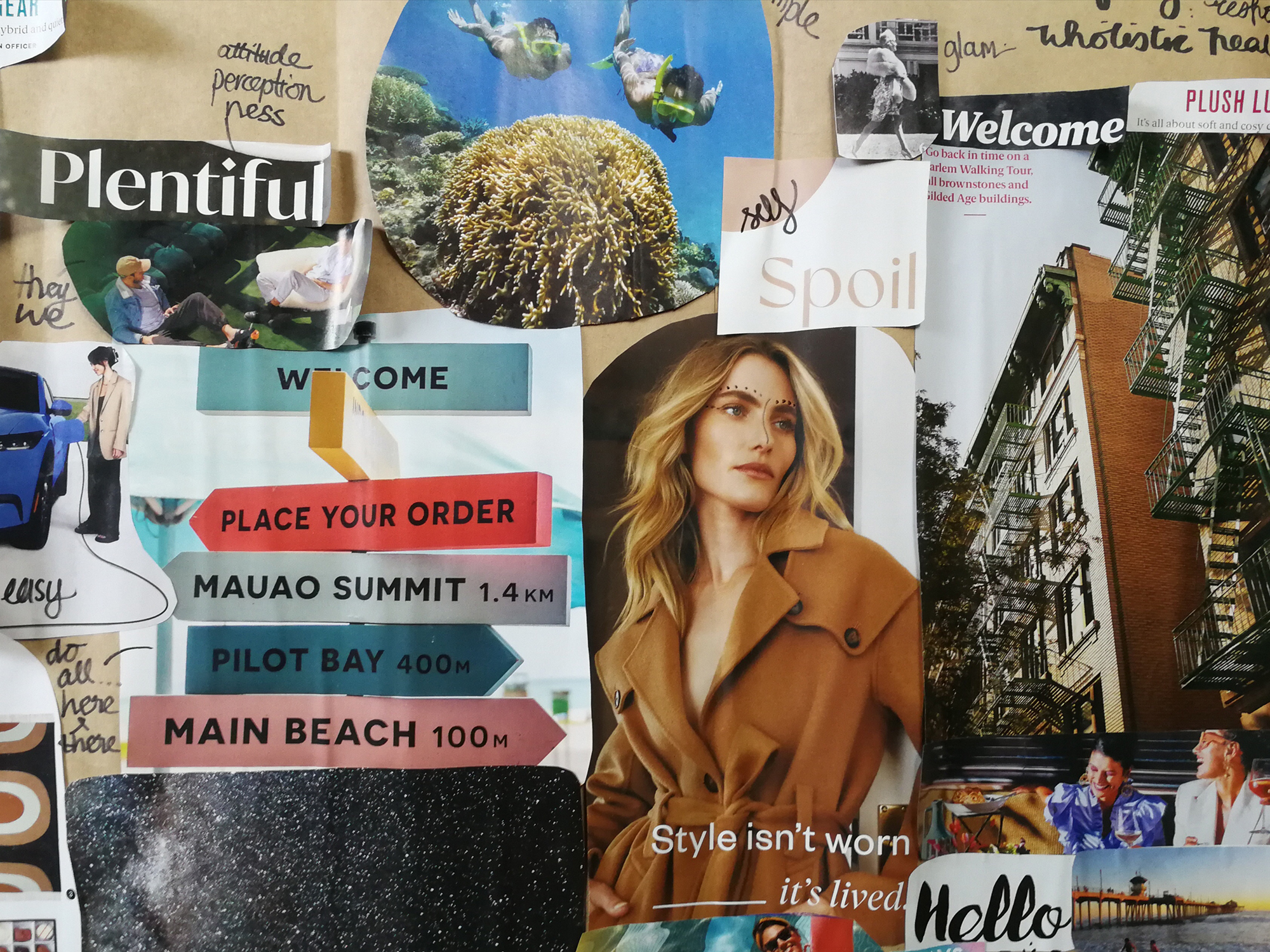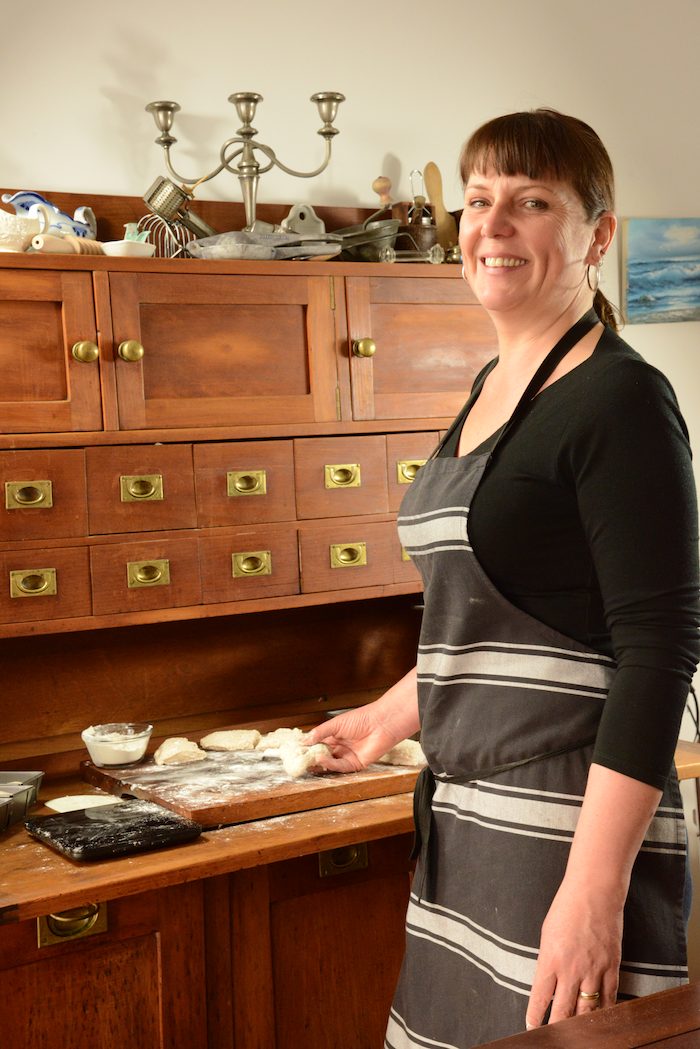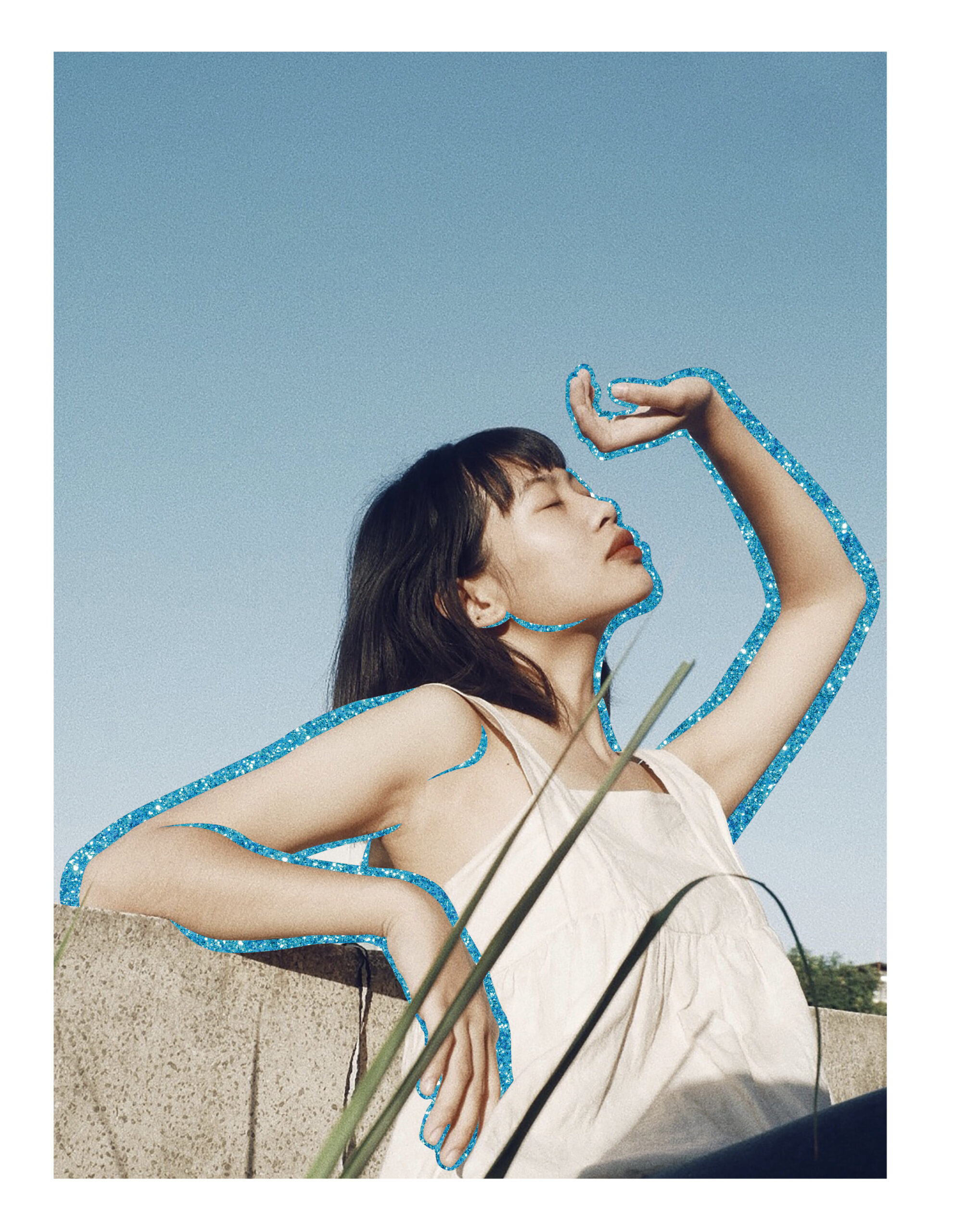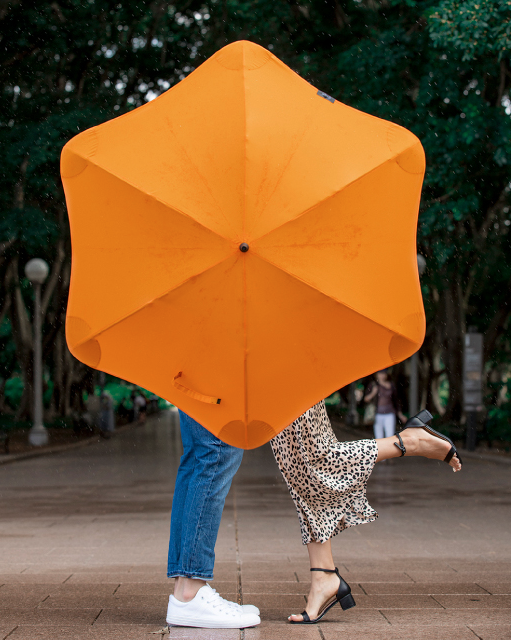Words Rose Stobie
Each of us is born with a level of happiness unique to us. It varies from person to person and is neither right nor wrong, it just is.
Professor Sonja (Sofya) Lyubomirsky from the University of California has found that data shows we do all have our own ‘set point’ of happiness. This makes up half of our individual happiness pie (H-pie), with another 10 per cent apportioned to ‘circumstances’ – you know, like having a bad hair day, the dog ate my homework, etc.
Our leftover piece of H-pie, a largish piece weighing in at 40 per cent, is fabulously within our sphere of influence – meaning that if we spend a bit of time fathoming what makes us chipper, we can influence our happiness. Stoked.
So how to work that 40 per cent? Lyubomirsky recommends spending some time exploring what happiness-improving strategies work best with our personality. If we gently do this reflecting and get a wee list going of contentedness-making modes, our willingness to persist will linger. Longer-lasting happiness is supported by a continued supply of positive experiences. The regular happenings (small and not small) reinforce good feelings, help us think expansively and develop people, wellbeing and brain skills.

Boosting our happiness
Some mettle is involved with this though, including the ‘c’ word: commitment. We need to say, ‘Yes, I’m going to do this happy thing, I’m going to learn what suits me best and tweak it as I go’. Weekly effort will reap the rewards, but it’ll take a bit of time to work with your 40 per cent to create a lasting impact. Know there may be slippage and a need to recommit. And know that the carrot is always better than the stick for encouragement.
Supporting the commitment
Maybe it’s a café date with yourself once a week, a kind of self-talk? Can you share your commitment with someone?
Wash and repeat is a tried and true method of habit development. Once you have a better idea of your key happiness modes – even if it’s uncomfortable to get going – repetition will reinforce action and its related good feelings. Continuing will develop the habit.
If one of your feel-good activities stops working, it’s time for a reset. Some reflection is needed – maybe an aspect is just not humming, or the activity needs to be replaced completely. Trial and error is a chilled approach – self-correction with calm and gentleness. This will also encourage persistence.

What’s your best-suited ‘activity menu’?
US psychotherapist Eric Maisel writes about how to make a meaningful life. He’s big on “making meaning” and distinguishing this from seeking meaning – you know, waiting longingly for life to come and bite you on the proverbial, a state of waiting for meaning to arrive. Making meaning is active and customised to suit you. Eric suggests booking in time with ourselves to explore what suits us as individuals to make meaning in our world.
Here are some starter questions:
- What do I value? E.g., knowing my neighbourhood?
- What principles do I warm to? E.g., doing unto others as I would have them do unto me?
- What purposes do I warm to? E.g., developing and supporting my wellbeing?
Maisel suggests a practical daily adventure with making meaning in our lives. If you’re able to, focus your mind first thing in the morning to a target – rather than slosh into the day, buffeted by its flotsam and jetsam. Similarly, we’re encouraged to check our meaning-making opportunities regularly to see if they’re still relevant. As they arise, deal with personal blockages (negative thinking/behaviour), special circumstances (a particular blow that knocks you, e.g., a crappy workplace thing), or life events that happen (a change in money-flow, a bereavement). All these circumstances need wellbeing to be restored via refocusing on making meaning.
In Julia Baird’s charming book Phosphorescence, she shares what can inspire us – her multiple near-death experiences the catalyst for her to encourage us all to seek awe and wonder in our daily lives. As we all want to do when we meet the Grim Reaper so intimately, life’s preciousness verily grows and glows. Baird lists those things that can make us happy: being altruistic, de-plugging from tech, talking and connecting to others, making meaning, eating well, and keeping active. She encourages us to be aware of what glows from within us so that when things are tough due to life’s challenges, we can comfort and support ourselves.
Finding daily inspiration
There’s supporting evidence that personal wellbeing is excellent armour for life’s difficulties. Ōtautahi-based international resilience specialist and TedX presenter Lucy Hone advocates that it behooves us to know what works for us individually to develop our capacity for resilience – focusing on what we can control. Hone shares that resilience is a muscle that can be strengthened when life is easy, developing the habits that suit us well. Then when faced with big moments, everyday stressors and new uncertainties, resilience habits can come into play.
Hone discusses some tools to develop resilience: see our attention as a precious resource and guard it well e.g., when is my most productive time and how can I use it well? We’re encouraged to monitor and adjust our behaviour when unhelpful; think about who in our world can support us; invest in help from more than one source; and in a crisis, get back to routine as soon as possible.

What habits can build our resilience muscle?
Whether it’s good sleep hygiene practices, meal planning, or other activities and habits that make you feel good and function well – take note of what these are. Once you understand what makes meaning in your world and know what inspires awe and develops your resilience, think about what actively influences the 40 per cent piece in your happiness pie.
Advice from Lyubomirsky, Maisel, Baird and Hone help provide mini maps to navigate ourselves and enhance our wellbeing.
I like the comfort and focus of a customised map and compass to guide me. After all, I’m my number one influencer and the best way to be there for others is to be there for myself first.

Poster activity to get your imagination going
Get some mags, anything else you’d like to attach etc. Cut out pictures and words. Try not to think too much about the why. Get a bigger piece of paper and attach them. Later, write next to each image and text what you like about it. This will provide some insight about what may be under the surface – what inspires your happiness and awe.





